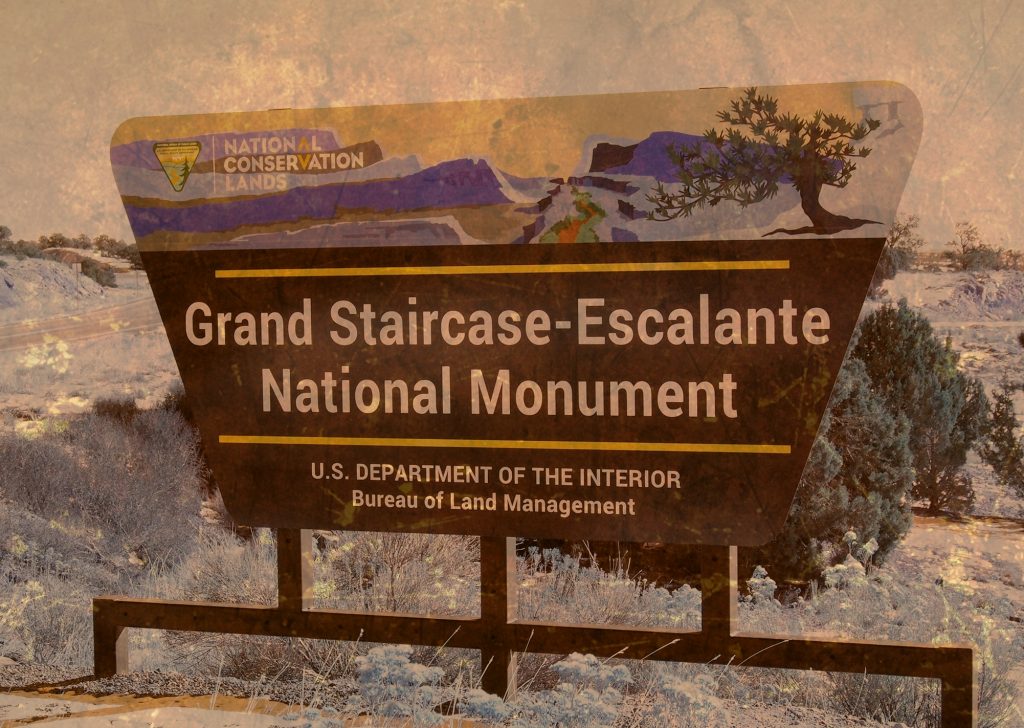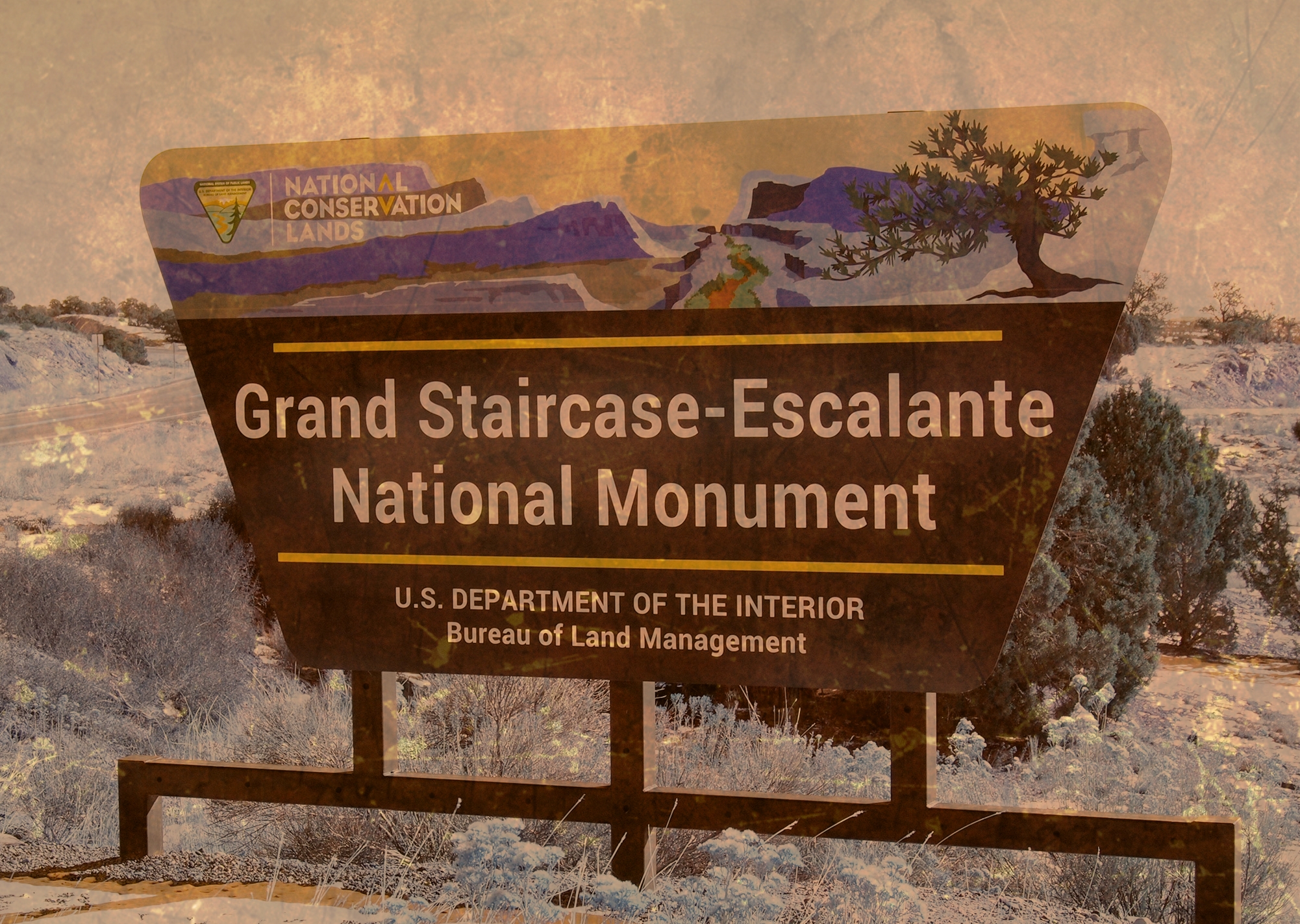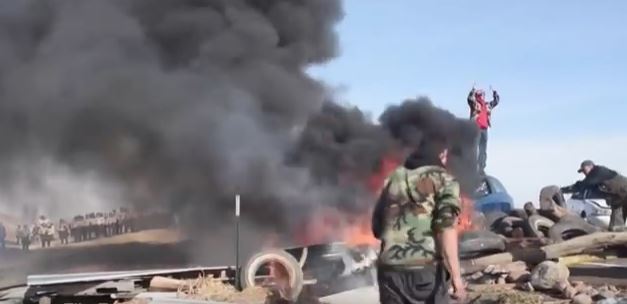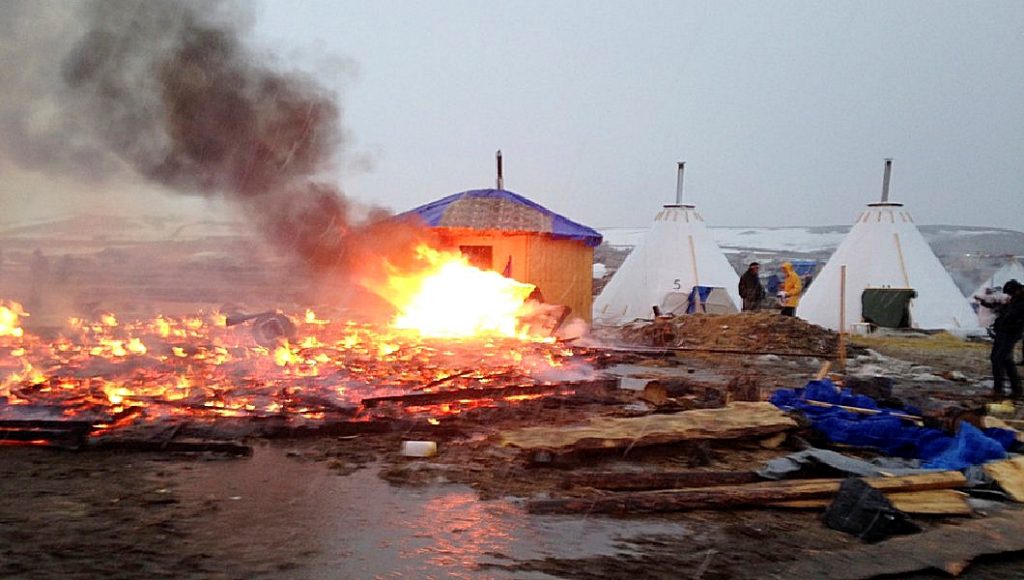Pearce points out “the Antiquities Act requires that a president designate the smallest possible footprint in order to achieve the desired environmental preservation” and emphasizes “these decisions must be made in Congress.”
1 person shouldn’t make or break a U.S. monument
There is a good argument that one person acting unilaterally should not be able to set aside hundreds of thousands of acres under the guise of conservation without adequate debate or discussion about what makes that acreage so very valuable in its pristine form. Likewise, there is a good argument that one person should not be able to put all those acres back into play without adequate public debate or discussion about why that was the wrong decision.
Call it a breakdown of our nation’s system of checks and balances. More specifically, call it a gaping hole in the 110-year-old Antiquities Act.
The act was passed in 1906 during the Republican administration of President Theodore Roosevelt after “two decades of looting, desecration, and destruction of Native American sites in the Southwest such as Chaco Canyon and Cliff Palace,” according to the Theodore Roosevelt Center at Dickinson State University. It allows the president or Congress to establish national monuments.
Under the act President Barack Obama has established 28 national monuments – including the Rio Grande del Norte National Monument in Taos County and the Organ Mountains-Desert Peaks National Monument in southern New Mexico. President Bill Clinton designated 19. President George W. Bush created two. Sixteen presidents have used the act to establish national monuments; Richard Nixon, Ronald Reagan and George H.W. Bush are the only presidents of either party since 1906 who have not.
Now Rep. Rob Bishop, R-Utah, head of the House Committee on Natural Resources, wants President-elect Donald Trump to abolish the 47 national monuments created during the Obama and Clinton administrations, specifically Grand Staircase-Escalante Monument as well as the proposed Bears Ears area in his state.
It’s questionable if Trump would be able to do that – an official with the National Parks Conservation Association points out “there is no precedent” for a president taking back a national monument, and a former chief attorney for the Department of Interior says a U.S. Attorney General opinion from the 1930s examined the issue “and concluded that a president cannot undo a monument.”
That leaves the question relatively open. There is no question that Congress can “undo” a monument, and it has – 11 times.
There’s also no question government gridlock helped create the current situation. Interior Secretary Sally Jewell said back in 2013 she would recommend Obama act alone if necessary to create new national monuments because the paralysis on Capitol Hill had created a years long conservation backlog. She emphasized “that there are places that are ripe for setting aside, with a tremendous groundswell of public support.”
That’s likely always true, yet the tax-paying public deserves national monuments that do more than win popularity contests with their vocal supporters – which at times don’t include a majority of the “locals.” At the same time, the public deserves more than a no-monument mindset that ignores personal private land gifts as well as the vital role land conservation plays in local economies. The public deserves science, fiscal analysis, standards for designation, and thorough and open vetting of proposals.
None of which come from one person designating or declassifying a monument.
U.S. Sens. Martin Heinrich and Tom Udall and U.S. Rep. Ben Ray Luján, all N.M. Democrats, have vocally criticized Bishop’s proposal. U.S. Rep. Steve Pearce, R-N.M., is espousing a middle-of-the-road approach, unsurprising since he introduced legislation to protect 60,000 acres of the Organ Mountains versus the 496,000 acres Obama ultimately set aside.
Pearce points out “the Antiquities Act requires that a president designate the smallest possible footprint in order to achieve the desired environmental preservation” and emphasizes “these decisions must be made in Congress.”
Those are important starting points for any legislation that affects land that will belong to all Americans. Yet they hinge on a Congress that does in fact act, that actually airs all pertinent facts, debates proposals and then votes on them.
And that should include designating as well as declassifying national monuments.
Editorial Board

Free Range Report




Comments
Comments are closed.